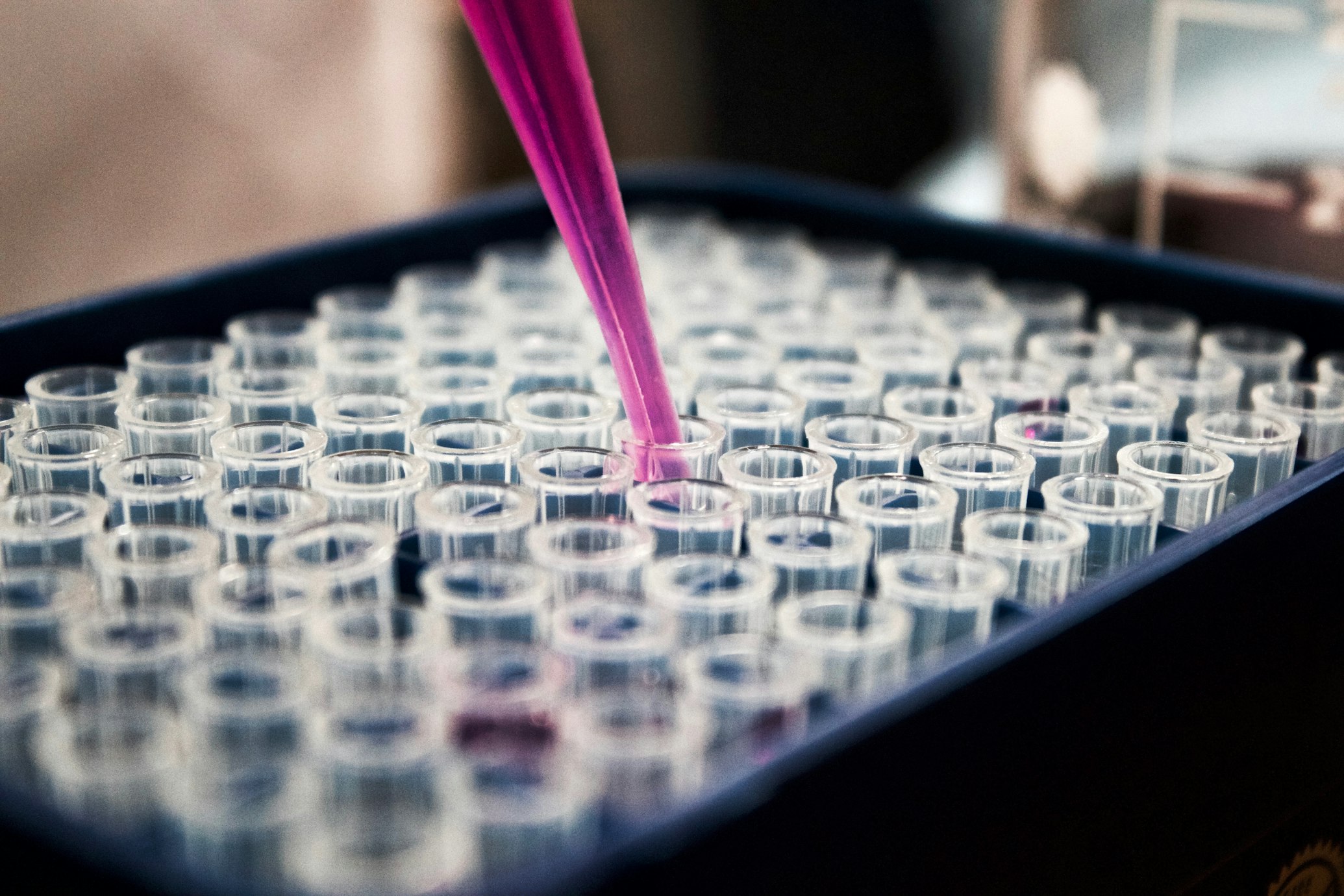The Nano-Locksmiths
How Single-Atom Enzymes Are Revolutionizing Wound Healing
Introduction: The Antibiotic Apocalypse and a Nano-Sized Solution
Imagine a world where a scraped knee could turn lethal. With antibiotic-resistant "superbugs" causing nearly 10 million deaths annually, this dystopian scenario is inching closer to reality 1 2 . Traditional antibiotics are failing, and chronic wounds—especially in diabetic patients—have become battlegrounds where bacteria reign supreme.
Enter single-atom nanozymes (SAzymes), the molecular "locksmiths" engineered to pick the biological locks of bacterial defenses. These futuristic structures, where individual metal atoms serve as surgical strike weapons against infection, are turning the tide in wound healing. By harnessing the precision of nature's enzymes and the durability of nanomaterials, SAzymes are rewriting the rules of infection control—one atom at a time.
Nano-Scale Precision
SAzymes operate at the atomic level, targeting bacteria with unprecedented accuracy while minimizing damage to healthy tissue.
Dual Action
Simultaneously kills pathogens and promotes healing by regulating reactive oxygen species in wounds.
The Architecture of an Atomic Assassin
What Makes SAzymes Uniquely Powerful
SAzymes are not merely miniature versions of existing antibiotics. They represent a quantum leap in bioengineering.
Enzyme Mimicry
Their metal-nitrogen coordination (e.g., Zn-N₄, Fe-Cu-N₆) perfectly replicates active sites in natural enzymes. For example, RhN₄ mimics peroxidase 20 times more efficiently than natural versions 7 .
SAzyme Coordination Structures and Their Superpowers
| Coordination Structure | Mimicked Enzyme | Catalytic Advantage |
|---|---|---|
| Rh/V-O-Nâ‚„ | Peroxidase | 5x higher affinity than natural enzyme 7 |
| Fe-Cu-N₆ | Superoxide dismutase | Selective O₂·⻠scavenging 7 |
| Zn-Nâ‚„ on carbon dots | Multi-enzyme | ROS clearance + angiogenesis promotion 4 |


Deep Dive: The Diabetic Wound Experiment That Changed the Game
Methodology: Building a Zinc-Powered "Nano-Doctor"
In a breakthrough study, scientists engineered zinc SAzymes on carbon dots (Zn/C-dots) to combat diabetic foot ulcers 4 :
Step 1: Atomic Construction
- Mixed citric acid, guanidine hydrochloride, and ZnClâ‚‚
- Heated at 200°C for 6 hours via hydrothermal synthesis
- Dialyzed to isolate 3–5 nm particles with atomically dispersed Zn (confirmed by electron microscopy)
Step 2: Bacterial Battle Testing
- Treated Staphylococcus aureus-infected diabetic mice
- Applied Zn/C-dots (0.1 mg/mL) to wounds daily
- Compared against antibiotics and untreated wounds
Step 3: Molecular Autopsy
- Tracked cellular uptake via fluorescence (carbon dots glow)
- Measured ROS, inflammation markers (TNF-α), and blood vessel growth
Wound Healing Performance Over 14 Days
| Treatment | Day 3 Infection Rate | Day 7 Collagen Density | Day 14 Healing Rate |
|---|---|---|---|
| Untreated | 98% | 12% | 41% |
| Antibiotics | 65% | 38% | 79% |
| Zn/C-dots | 9% | 67% | 96% |
Why This Experiment Mattered
The Zn/C-dots didn't just kill bacteria—they transformed the wound microenvironment:
The Scientist's Toolkit: Reverse-Engineering Healing
Essential Components in SAzyme Wound Research
| Reagent/Tool | Function | Real-World Example |
|---|---|---|
| Zeolitic Frameworks (ZIF-8) | Template for atom dispersion | Created Zn-Nâ‚„ sites for peroxidase mimicry 5 |
| Aberration-Corrected HAADF-STEM | Visualizes single atoms | Confirmed Rh atoms on carbon matrix 7 |
| Density Functional Theory (DFT) | Predicts catalytic pathways | Revealed Rh/V-O-Nâ‚„ "oxygen-linked" reaction barrier 7 |
| Redox-Responsive Hydrogels | Smart delivery to infected tissue | Released Fe-Cu SAzymes only in acidic infected zones 9 |
| Photothermal Lasers (808 nm) | Boosts nanozyme activity with heat | Enhanced Cu-SAzyme bacterial killing by 200% 6 |
| N-Nitrosoketamine | 86144-35-6 | C13H15ClN2O2 |
| Prodelphinidin B2 | C30H26O14 | |
| 1Propylthiouracil | C7H10N2OS | |
| L(+)-Ascorbicacid | C6H8O6 | |
| Epsilon Dipeptide | C31H53N5O11 |
Research Techniques
- X-ray absorption spectroscopy (XAS) for atomic coordination analysis
- Electron paramagnetic resonance (EPR) for ROS detection
- Mass spectrometry for reaction intermediate identification
Characterization Methods
- High-resolution transmission electron microscopy (HRTEM)
- X-ray photoelectron spectroscopy (XPS)
- Fourier-transform infrared spectroscopy (FTIR)
Beyond Antibiotics: The Future of Wound Care
SAzymes are evolving into "intelligent responders" to wound conditions:
Microenvironment Sensors
pH-sensitive Fe-Cu SAzymes activate only in acidic infected zones, sparing healthy tissue
Bimetallic Synergy
Fe-Cu combinations achieve 56% photothermal efficiency—twice that of single-metal versions 6
Gene-Targeting
New DNA-like nanozymes degrade bacterial resistance genes, preventing evolved immunity 8
Challenges remain: scaling production, ensuring long-term biosafety, and mapping size-dependent tissue penetration 9 . Yet with diabetic wound trials showing >95% healing rates, SAzymes are stitching together a future where infections meet their atomic-scale match.
"SAzymes are nature's enzymes reimagined by a materials scientist."
The Invisible Stitches
By harnessing the power of isolated atoms, science has created structures that breathe oxygen into inflamed tissue while suffocating pathogens. For millions battling chronic wounds, these nano-locksmiths may soon hand them back the keys to healing.